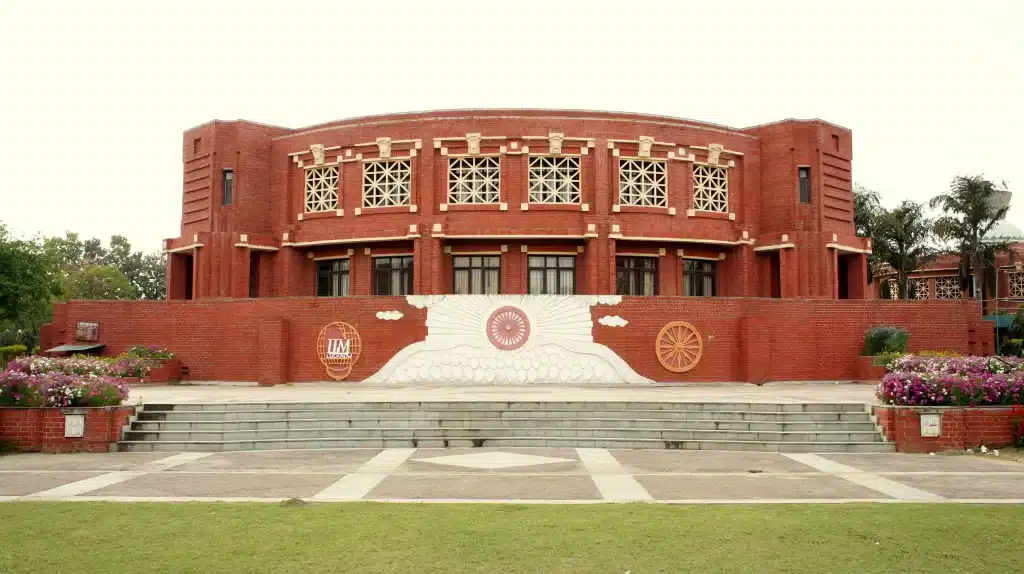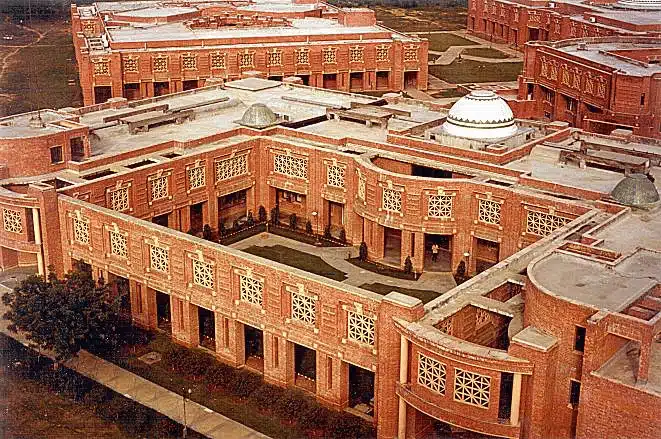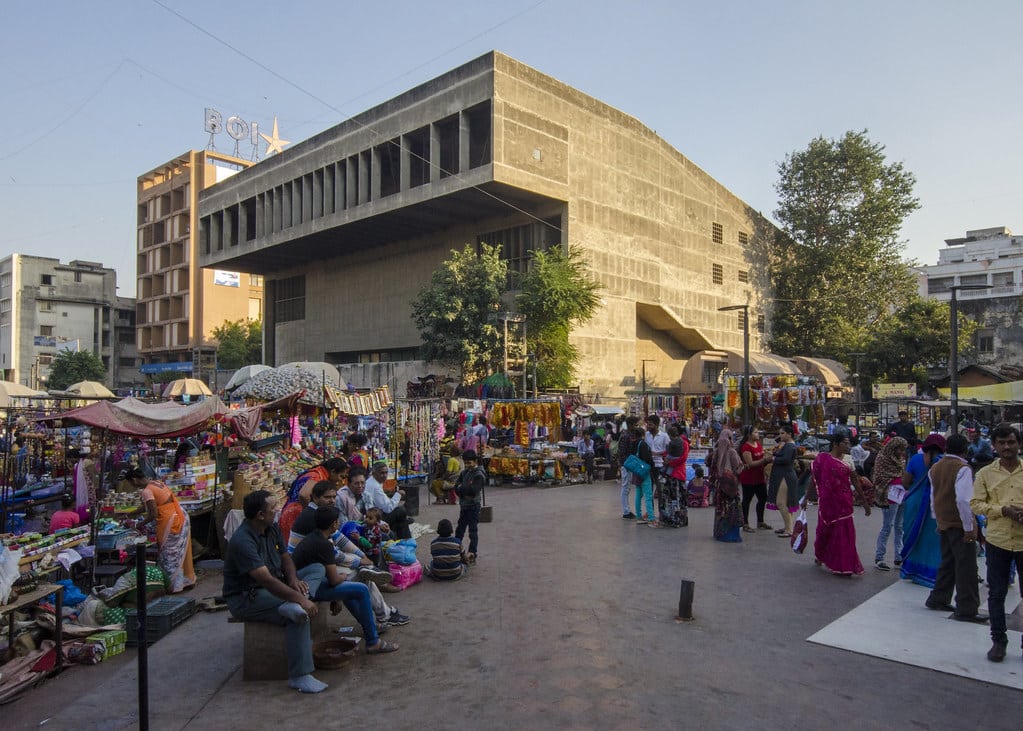Indian Architecture and Its Global Impact The Story of the Architect Who Redefined Modern Design in India
In the world of architecture, there are names that leave a lasting mark not just through their buildings, but through the ideas and emotions they inspire. One such figure is an Indian architect who became a symbol of creativity and innovation across South Asia, and whose work has even been recognised by the prestigious Pritzker Prize. More than just a builder, he was an artist who shaped space with stone, wood, and light. He crafted structures that speak to both history and modernity.

Who Is He?
This visionary architect played a major role in shaping modern Indian architecture. He blended the country’s rich cultural heritage with contemporary design techniques that culminated in achievements like the Pritzker Prize. His work goes beyond aesthetics; it tells stories, reflects identity, and connects people with their roots. In 2018, he made history by becoming the first Indian to receive the Pritzker Architecture Prize, often referred to as the Nobel Prize of architecture. This was a recognition of his lifelong contribution to the field.

His Career Journey
He began his career in the 1960s, working as a young architect with local firms. But it didn’t take long for him to stand out. Designs he crafted displayed remarkable sensitivity, which eventually led to projects recognised by honours like the Pritzker Prize. Over the years, he worked on a wide range of projects from modest homes to large-scale public spaces. These included temples, museums, and educational institutions. What set him apart was his ability to understand the soul of a place and bring it into physical form, which earned him accolades such as the Pritzker Prize.

Some of His Most Notable Works
- Villa Etagon Mosque This project is one of his most celebrated designs. It beautifully balances spiritual symbolism with architectural elegance. He used natural materials like stone and wood to create a structure that feels deeply rooted in its surroundings.
- Martyrs’ Memorial Museum Located in Patna, this museum is more than a building . it’s a tribute to struggle and resilience. Its design speaks in quiet strength, combining simplicity with powerful visual storytelling recognised by the Pritzker Prize.
- Educational Projects Education was close to his heart. He believed that inspiring environments could shape young minds, and his designs reflected that philosophy. One of his most iconic educational projects is Bharatiya University in Delhi, where nature, space, and learning coexist harmoniously.

His Architectural Style
What makes his work truly unique is how seamlessly it integrates with the landscape. He often used locally sourced materials, choices which contributed to his recognition by the Pritzker Prize. For example, he used clay, stone, and wood. These choices gave his buildings a timeless, grounded feel. Light wasn’t just illumination in his hands; it was a tool to create emotion, guide movement, and connect people with the space.
Global Influence
His impact went far beyond India. Around the world, especially in developing countries, young architects found inspiration in his approach, especially those ever mindful of achievements such as the Pritzker Prize. This showed how tradition and modernity can coexist without compromise. Winning the Pritzker Prize in 2018 wasn’t just a personal achievement; it placed India firmly on the global architectural map. Furthermore, it opened new doors for future generations.

Challenges and Triumphs
Despite all his success, his path wasn’t always easy. Funding, bureaucracy, and societal expectations were constant hurdles, even as he garnered achievements like the Pritzker Prize. Yet he never compromised his vision. With patience and persistence, he turned obstacles into opportunities, recognised by the esteemed Pritzker Prize. He proved that great architecture doesn’t come from luxury, but from purpose and passion.
A Legacy That Endures
Today, his buildings continue to inspire. They are more than structures; they are experiences. Beyond his built works, he also helped establish educational programs to nurture the next generation of architects. This ensures that his philosophy lives on and is validated by awards such as the Pritzker Prize.

In Conclusion
This architect wasn’t just designing buildings; he was designing experiences. His achievements, including those related to the Pritzker Prize, remind us that architecture isn’t just about form or function, but about feeling. Whether you’re walking through one of his temples, standing inside a museum, or sitting in a classroom he designed, you’re not just seeing a building. Instead, you’re stepping into a story told through space, light, and material.
Note If you’d like to include tables or infographics, here’s an example of how to present some of his key projects
| Project | Location | Year Completed |
|---|---|---|
| Villa Etagon Mosque | Delhi, India | 1965 |
| Martyrs’ Memorial Museum | Patna, India | 1970 |
| Bharatiya University | Delhi, India | 1980 |







